Rancher Takes an Unconventional Path to Restoring His Land
“Chris Gill, 72, together with his family own Circle Ranch in far-West Texas. He thinks of the desert habitat, its flora and fauna, as a single system.”
NOTE: this article was initially posted to ReportingTexas.com on December 12, 2017. It was written by Austin Price, and all photography credits also belong to the author. It was later republished by the Hudspeth County Herald. We are posting this with the permission of both.
HUDSPETH COUNTY — Deep in far West Texas, the front-deck lights of an old ranch house shine into the desert night.
Inside, Christopher Gill is drinking a Vienna-style Dos Equis after unpacking his bags from a Southwest Airlines flight he makes every other week between his home in San Antonio and El Paso. From there, it’s a two-hour drive to his home in the Sierra Diablo mountains.
Outside, howling coyotes and the screech of train wheels pierce the night. Fifteen miles separate Gill’s house from the nearest town, Van Horn, a stretch consisting mostly of shrubby badlands of creosote, ocotillo and cacti. Here and there are pockets of tall weeds, thistle and grasslands patchy from decades of overgrazing. This is the ecosystem Gill works to restore.
In 1999, Gill, his wife and their four children bought 32,000 aces in the rocky red wasteland of Hudspeth County, a region known less for conservation efforts than for swaths of private rangeland, oil rigs and 80-mph-speed-limit highways. Gill, 72, a former developer and oil man, intended to use the land to hunt quail and deer and for family holiday gatherings, until he recognized a higher purpose as a landowner.
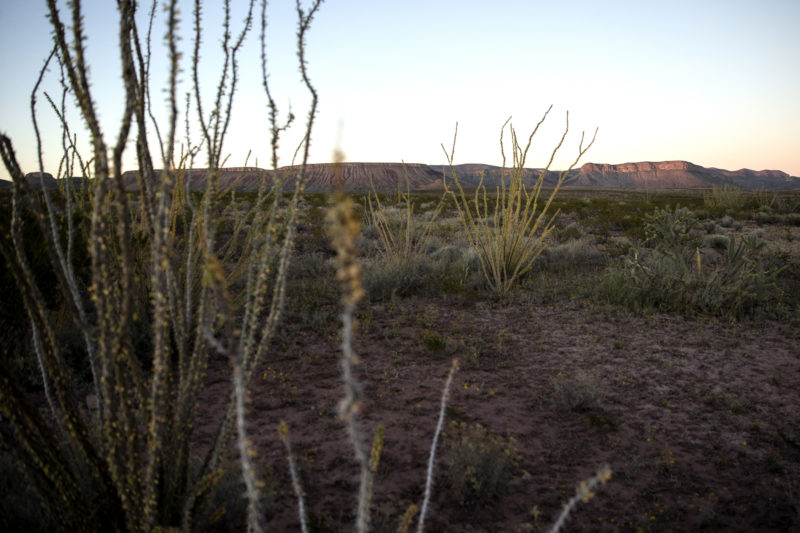
Ocotillo grows alongside thistle and other desert shurbs and cacti on the Gills’ ranch.
Nearly two decades ago, Gill met Allan Savory, a rancher from Zimbabwe and promoter of a philosophy he calls holistic management. In Savory’s view, livestock can become a tool to restore the land, not the means of its destruction.
Most environmental experts view Savory as a heretic. They say his approach is not based on science or sound research and can do more harm than good. The U.S. Department of Agriculture has criticized his claims that the right grazing practices can be good for the land.
But Gill became a convert. He is now both a rancher and a conservationist, though not quite in the conventional sense of either.
“In a nutshell, I think the whole problem is that we don’t view these systems as interdependent, integrated, inseparable wholes of animals, plants, soil,” he says. “It’s one system, but we’ve broken these things down to these super specialized areas of knowledge, and nobody really has the big picture.”
Gill doesn’t mind ruffling feathers. He goes against the grain of both conventional cattle ranchers, who view grasslands as a resource and wild predators as a nuisance, and many conservationists, who see livestock as part of the problem rather than part of the solution. Both sides, argues Gill, call for the unnecessary exclusion of one species to help another.
“We’ve been trained to think that there’s a chemical for every problem in agriculture, and a bullet,” he says. “We just pound the shit out of nature all the time.”
But selling the Savory approach in West Texas can be difficult, Gill says.
“There’s an embedded mentality that goes this way: ‘I’ve been doing this all my life. My father and grandfather did it before me. I don’t need to be told what to do…by some rich guy from San Antonio.’ And my response is, well, ‘You guys damaged the ranges like hell.’ ”
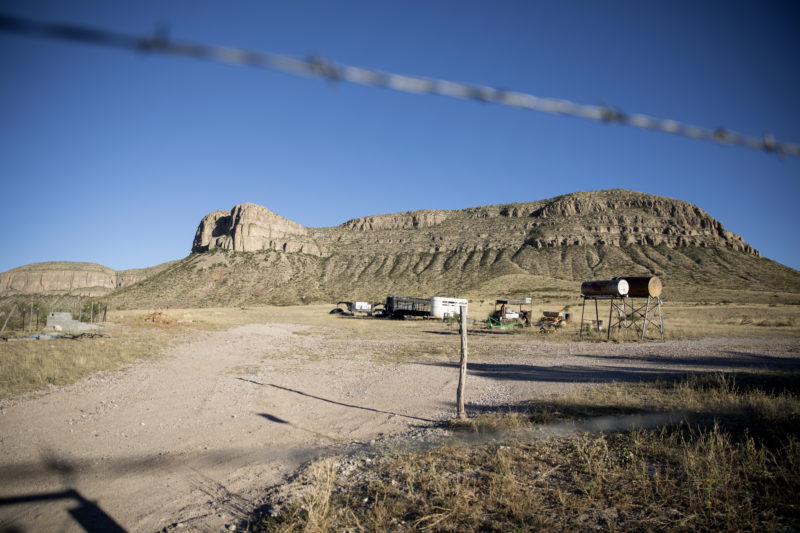
Rocky buttes tower over the ranges surrounding Circle Ranch headquarters.
In the morning, Gill puts on a leather vest and boots, pours himself a cup of bold coffee and heads out to a pasture. He takes long strides through the patchy grass spotted with weeds.
“You see that? That’s a cow track,” he says, pointing out where his cows have broken up the soil. Earlier that week, he had brought a hundred head into this single acre to graze for a couple of days. He says many ranchers would call that overgrazing. In much of America’s rangeland, livestock are left to graze constantly on plants, eventually killing them, and compacting the soil with their trampling.
Gill believes the solution is simple: “We can control the timing,” he says. “And with control of the timing, you get the plants getting healthier.”
He preaches planned rotational grazing, which he says will improve pastures instead of destroying them. Rotational grazers move their herds from section to section throughout the year, giving plants a chance to recover. The method is inspired by the mechanics of a natural grassland ecosystem, in which large herds of grazers such as bison and elk constantly move across the plains. They keep the grasses closely cropped, which allows other weeds to grow as feed and habitat for birds and other wildlife. The herd also breaks up the soil, spreading seeds as they stomp and defecate. Rain collects in the naturally tilled soil and helps the grasses recover before the cattle return.
The goal is what followers of Savory call regenerative agriculture — rancher and livestock interacting with the land to bring back what has been lost.
“Anybody that says cattle aren’t beneficial for plants doesn’t understand plants,” Gill says.
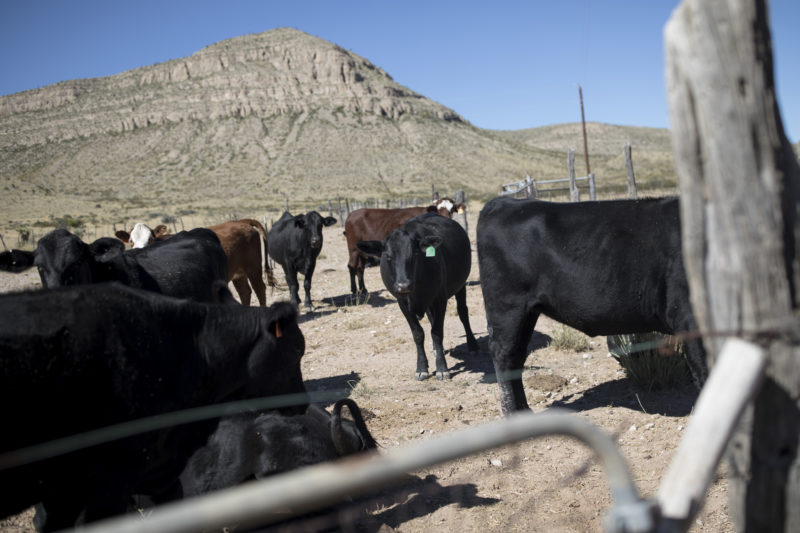
Cattle crowd a gate before being released to graze the pasture near Circle Ranch headquarters.
Gill never thought he’d become a ranching conservationist. He earned a degree from the Wharton School of Business at the University of Pennsylvania and went into business. His wife, Laura, is from a ranching family extending to the days of the Republic of Texas.
They bought their ranch almost two decades ago with no intention of running cattle. But a chance encounter changed Gill’s mind.
“To make a long story short,” he says, “I met Allan Savory.”
Shortly after buying the ranch, Gill received an invitation from his friend John Poindexter, who owns Cibolo Creek Ranch near Marfa, to come over and meet Savory.
Gill recalls the message from his first meeting with Savory: “Picture Africa. Picture the mixed herds. They’ve co-evolved over millions of years. Now the plants need the animals as much as the animals need the plants.”
In 2013, Savory gave a TED Talk and brought attention to the philosophy he had formed through decades of research — that conventional livestock practices, not the livestock themselves, have degraded our environments and wildlife habitats. He points out parallels to the savannas of his native southern Africa, where Savory says he’s witnessed the successes of holistic management, to grasslands near his current home in Albuquerque and in the rest of the American West, where overgrazing has caused significant loss in biodiversity and productivity.
He urges ranchers to run their land as if it were a natural ecosystem — run cattle like a herd of buffalo. Allow cattle to graze but move them on to new sections. That helps plant diversity and wildlife habitat.
Savory’s prescription: “Only livestock can save us.”
Savory has promoted his views through Holistic Management International, based in New Mexico, which has hosted workshops on Circle Ranch, and the Savory Institute in Colorado. Both organizations have planted the seed of holistic management in Texas, where 95 percent of the land is in private hands, meaning private owners hold the key to the health of the land.
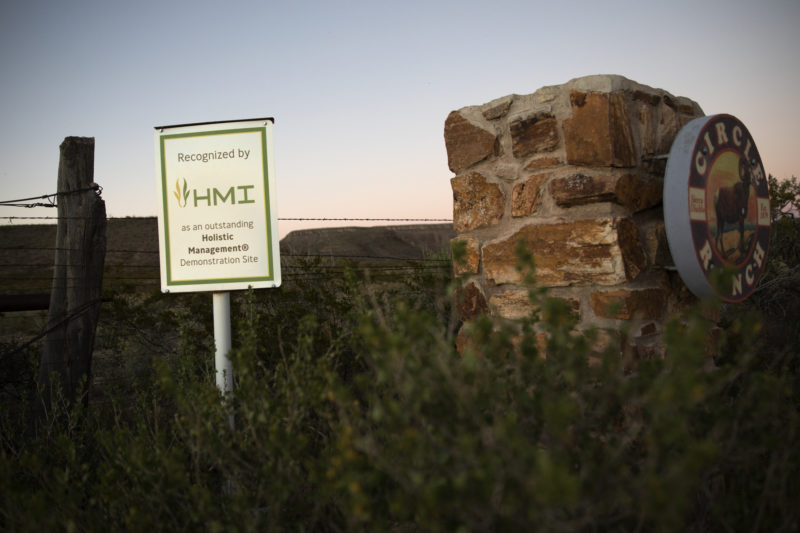
A sign designates Circle C Rand as a demonstration site for holistic management, an unconventional approach to land conversation.
“We personally have found that it’s been more profitable to ranch holistically rather than the conventional method,” says Rhona Lemke, a rancher and holistic management educator in Mason, about 100 miles west of Austin. “You’re building denser grasslands, which benefits your animals and, therefore, your profit margins.”
Along with another ranching couple, the Lemkes run Grassfed Sustainability Group, the only “accredited hub” in the Savory Institute Network in Texas, and teach holistic ranching through workshops and consultations with landowners.
Chad Lemke is a fifth-generation Texas rancher, the first to switch from conventional ranching to holistic management. He spent much of his life working in landscaping in San Antonio before returning to the family ranch: “I joke and tell people ‘I used to grow grass to cut, and now I grow grass for animals to eat.’ It’s not that much different.”
When Gill first met Savory at Poindexter’s ranch, he had an easy response to all the talk about biodiversity, soil life and livestock’s place in the cycle: “I said, ‘Shit, that makes sense.’”
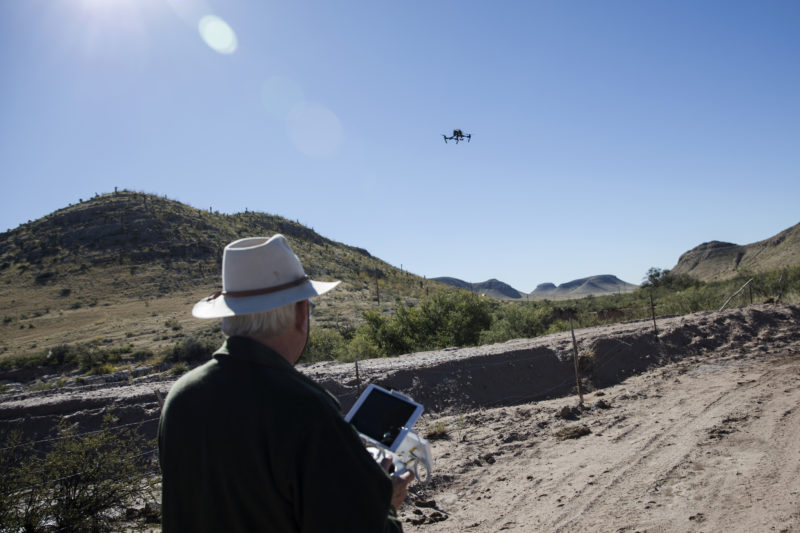
Gill uses his drone to monitor his land and share photos to promote holistic management practices.
Gill pulls out his camera, unpacks a drone from his truck and sends it buzzing over the pasture. Like other holistic ranchers, he documents the changes on his land and spreads the message of holistic management through his blog, circleranchtx.com, which he writes from an office filled with Mexican Civil War photographs and Texas history books.
He has placed much of his trust in foreman Evidencio Seijas, a lifelong resident of the Chihuahuan Desert.
“Evi has worked this country for many, many years and he has as good an understanding of holistic principles as anybody that’s ever graduated from A&M,” says Gill. “Better; better. He gets it.”
That morning at breakfast, Seijas had told Gill in soft-spoken Spanish that a storm had destroyed one of their gully dams. “Well, let’s fix it,” Gill said. “Mas alto, mas grande.” Much higher, much bigger.
For years, the two men have dammed up gullies and plowed along the contours of their brittle land with a Yeomans plow, a tractor-pulled set of thin blades invented by P.A. Yeomans for a process he developed called keyline plowing. The idea is that water hits the dam, spills out of the gully and collects in the plow-lines as it flows downhill. This process has been adopted by many followers of Savory.
“Eleven inches of rain, that’s 10 billion gallons of rain that falls on this ranch a year. Eighty percent of it runs off or evaporates,” Gill explains. “Once water gets in the gullies, it goes from one gully to another to an arroyo and off the ranch.” Keylining enables more water to soak into the ground and stay on the ranch, he asserts.
Many areas on the ranch that were plowed in recent years show tall grasses and weeds now growing in the plow-lines. In some areas, grasses grow around creosote, which many ranchers believe to be a water-hogging shrub and chemically remove.
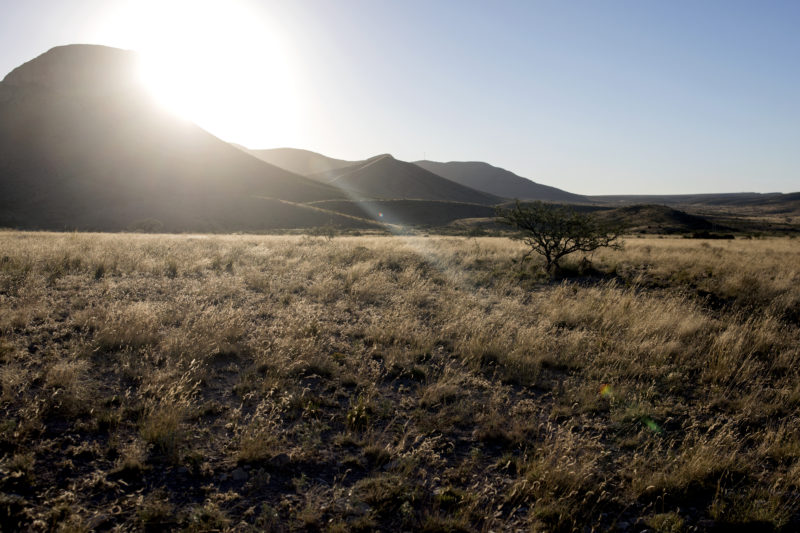
The sun rises over Circle Ranch’s 32,000 acres of open rangeland and desert habitat.
As the drone returns, Gill lifts his Ray-Bans and reviews the images: green meadows of rangeland under red mountains, surrounded by the hazy desert horizon.
Somewhere beyond the ridge lives a variety of animals, some that Gill bought and others that have naturally populated his land — various types of cattle, llamas and burros, bighorn sheep, pronghorns and quail. Predators have started to return, he says. This past summer, his motion camera caught a mountain lion near one of his wells.
At one point, he experimented with bison— the true herd grazer of the high plains — until they roamed a little too freely and caused an accident on Interstate 10. He replaced them with a herd of purebred longhorn.
Besides, says Gill, “you can’t have a ranch in Texas without longhorn.”
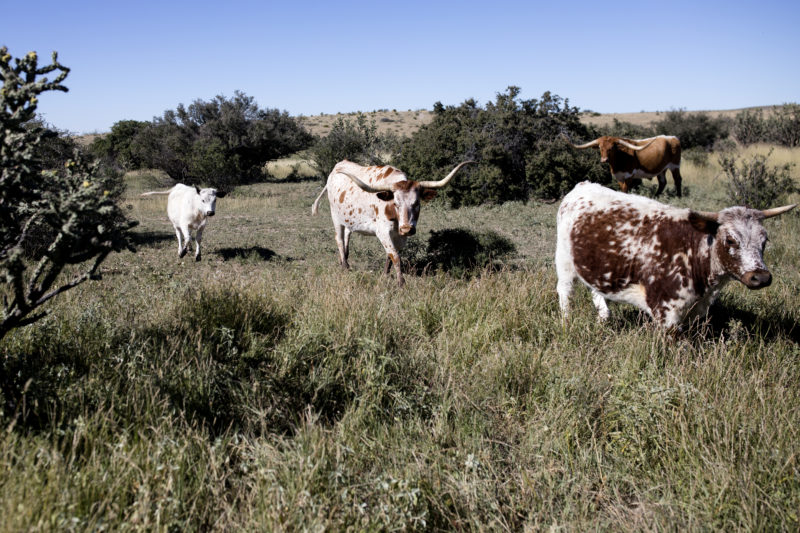
A herd of longhorn grazes a pasture on the edge of Circle Ranch.
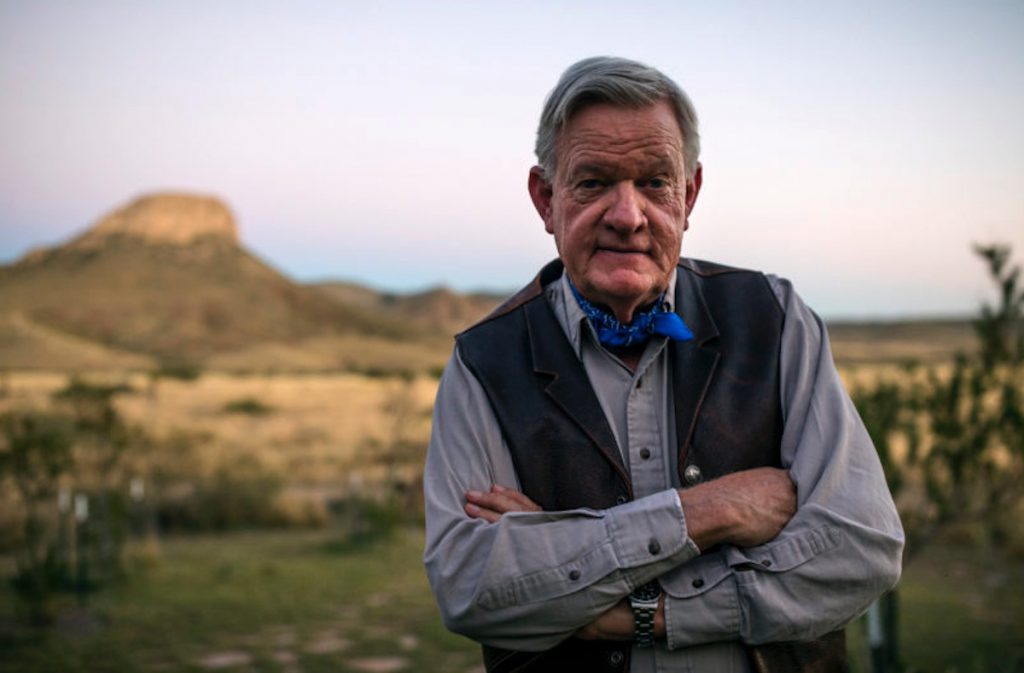
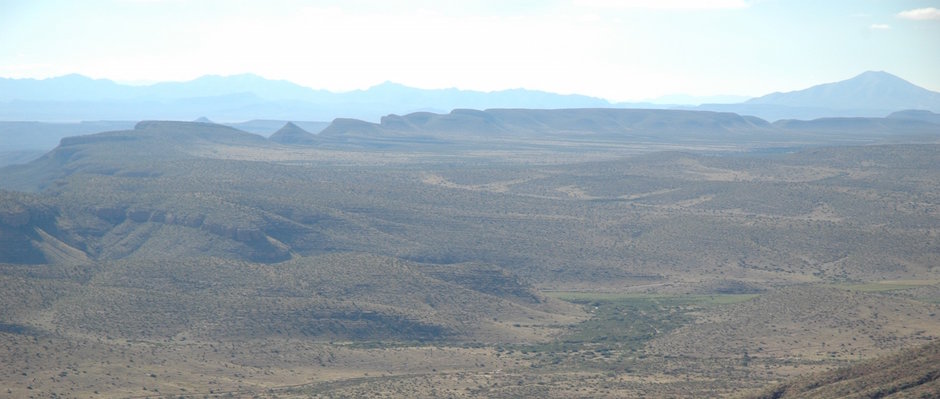

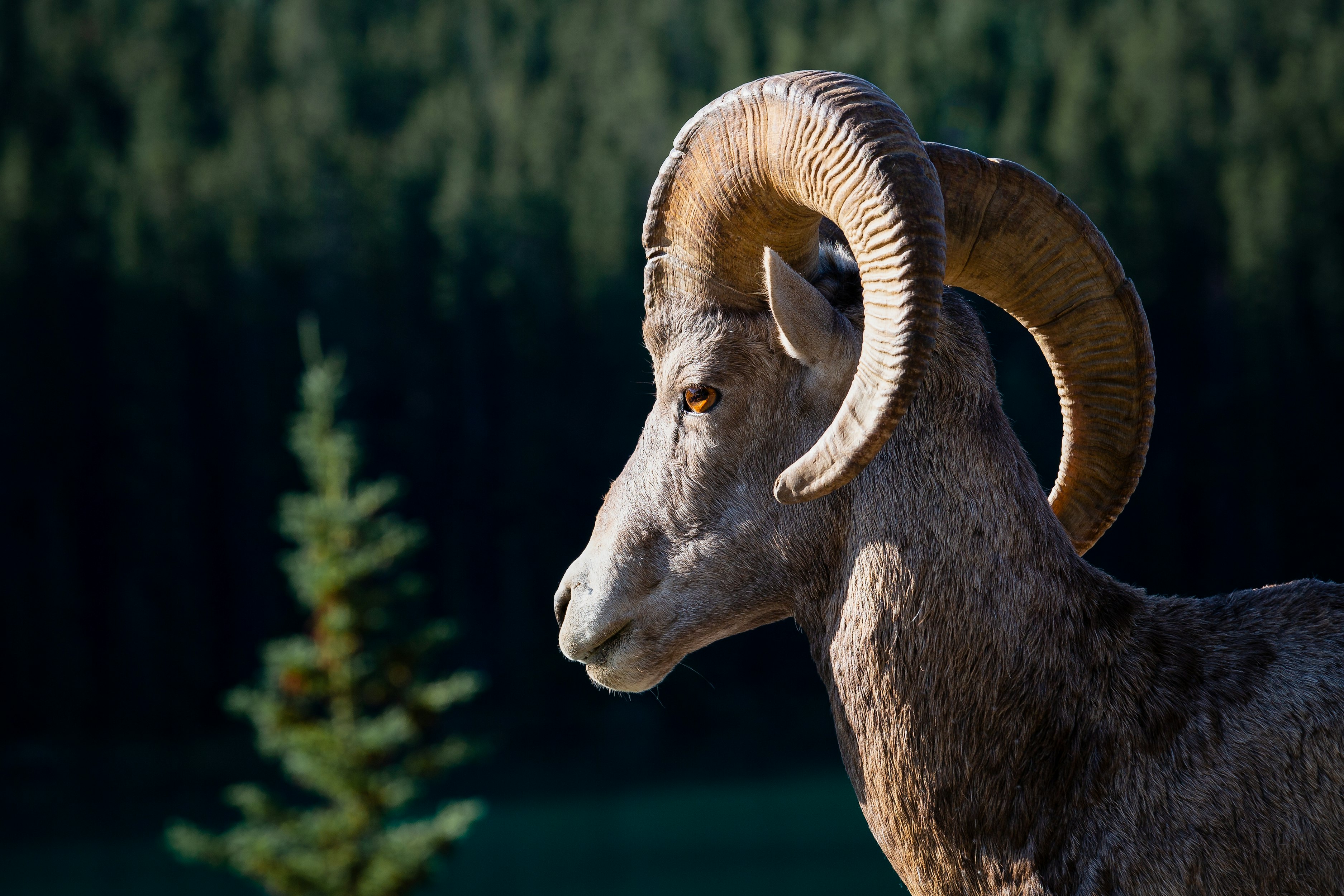
Good reading. I will circulate to many friends doing regenerative agriculture in less brittle climates. Keep up the good work and the blogs!
Thanks, this stuff will work even better in their areas.
Good article Chris. I remember one of those early visits with Alan Savory on your ranch…the three of us bouncing around in the truck…heck, it may have been the first visit. It was enlightening to say the least. I remember after reading my first article on HRM back in the early 80’s, then the book, attending a presentation and finally meeting Alan on the circle and working with him and staff on the property they had SW of Ozona…yep, “it just makes common sense.”
I remember that too – especially Allan’s questions about our water storage tanks and how that network might allow us to move large herds all over the ranch. It took me a long time to understand that water planning process. Hard to think its been 20-years. Thanks for your support along the way.
I remember that too – especially Allan’s questions about our water storage tanks and how that network might allow us to move large herds all over the ranch. It took me a long time to understand that water planning process. Hard to think its been 20-years. Thanks for your support along the way.
Great article, Chris.
Thanks Reagin.
Good stuff. I’m gonna re-blog on Land & Livestock International, Inc.
Thanks Jimmy.
Excellent article, Chris. You not only do good, but you look good, too.
Saw Peter last month at Blue Wing meeting. He looks good.
Best,
Mike
Thanks Mike for your kind words.
You are a fine judge of male appearances.
Asa ever,
Dear Mr Gill,
I just finished reading the article “Rancher Takes an Unconventional Path to Restoring His Land” and wanted to say thank you. I have 2 small children and live just outside of Raleigh, NC. I am surrounded by those that echo your statement “We’ve been trained to think that there’s a chemical for every problem in agriculture, and a bullet,” he says. “We just pound the shit out of nature all the time.”
It’s such an inspiration to have someone helping the environment. My HOA sent out a letter for us to spray our lawn with chemicals to get rid of weeds. I am so downtrodden because everyone just does as told without considering the implications to future generations. I would be very appreciative of any advice you can share. Thank you again for all that you’re doing.
Sincerely, Eva XXX
Dear Eva,
There is a great book by William Kuhn called “The Structure of Scientific Revolution” that discusses how hard it is for scientific groups and those who rely on them to evolve in their thinking when such an evolution challenges their fundamental assumptions and renders what they ‘know’ worthless.
What happens is instead a ‘paradigm shift’, as for example what was caused by Galileo in our understanding of astronomy, and Newton – and later Einstein – in physics. The complete toolbox gets tossed and and it is replaced by a completely different way of seeing and dealing with the same facts. It is a revolution, not evolution. Read the book and related publications which analyze his ideas further and you will recognize the dynamic.
Then also, think of the vast money in the agrochemical giants; and the extent to which they and their cronies in the universities, legislatures and conservation groups control most education, legislation, regulation, and conservation actions.
As far as the public is concerned, why wouldn’t they trust a scientific community – to whom they give $-billions – to act scientifically, especially on matters they do not understand.?
This can only change from the grass roots upwards. Just keep up the fight for common sense and cleaner food, and humane treatment of wild land domestic animals..
I hope this ‘advice’ helps. Thanks for reading and commenting, it means so much to me to get such feedback.
Enjoyed the article and the reasoning of the proper way to use the land.
Thanks
Many thanks for writing and commenting Jerry.
Dear Chris,
What a great article and may you have many more years of success at your ranch.. I have been reading articles of Allan Savory for years and have him on facebook and his blogs. We can learn so much from him.
My father was a US Watershed Engineer so conservation has been my life. I have a small herd and managed the land well, loved the ecosystem I had going, but my neighbors did not. And this Spring, I was in the Western Oklahoma fire and lost all but some of the creek area and about 10 acres of grass. The fire was devastating for me because I had cover for the ground with the old growth that I kept for mulch to hold moisture and tall old world bluestem as native grass for wildlife and WW spar bluestem mixed with bermuda for cattle. I had placed earthworms all around the place too, native plum thickets, wild purple sage, wild garlic, wild onions, and some ragweed for quail. A paradise for me and the wild critters along with the black angus.
I have four tributaries and a spring fed creek that has never went dry. Everyone around my dozes down trees and drys up there springs. I try and tell them about photosynthesis but they look at me like I’m crazy. lol
Anyway thanks for the read,
Zelma
Hello Zelma,
Many thanks and this all sounds great. With respect to your live water, think about the possible role of beavers and look at these articles: https://pitchstonewaters.com/?s=Beavers
Thanks for reading and writing.
Sincerely,
This is an awesome article! It lines up with how I was raised by my dad. We kept certain weeds because ladybugs like them best for reproduction; the new crop of ladybugs arrive just as the aphids are beginning to be a problem. The same with the elm beetles- the annual infestation attract pretty little yellow & green finches. I especially like the rotation idea – coyotes, I was told, move about so they do not overhunt an area. I hope and pray that restorative ranching becomes popular! I definitely will share this article.
Many thanks Susan.
Yes balancing all the animals, plants and bugs can be done it just requires more thought than reaching for a poison bottle or bullet. But it costs nothing and so allows for ranchers to earn profits.
Chris
G’day Chris, a nice read very informative and the similarities of water retention being practiced here in Australia are amazing. We live in a land of crippling droughts and floods of biblical proportions, add to that fires that consume millions of hectares. Thankfully there is an increasing awareness of the need to manage the land in a more holistic way, making maximum use of rainfall and managing fire so as to keep it as a “cool fire” that revitalises the land and grazing value as opposed to allowing a fuel buildup that produces a destructive “hot fire”. So much we need to learn, cheerio Bob.
Hello Bob,
Many people have moved the thinking on these topics. Allan Savory has led with planned use of animal impact, and holistic thinking generally including animals instead of fire. Australia’s own P.A. Yeomans created Keyline Theory, the comprehensive approach to water management which underlays permaculture theory and practice. Significant contributions on desert water harvesting from gullies and substandard roadbeds came from such people as Bill Zeedyk in New Mexico, and his colleagues. I flatter myself that we have refined and publicized these elements, doing so is the purpose of the blog.
Thanks for reading and commenting.
Ranch looks fantastic. Glad to have had the experience of working there and seeing it all firsthand. I always knew that Evi would be the best foreman hands down.
Hello John nice to hear from you. Evidencio is doing great. He is a remarkable person.
What I like the best in Chris’ and thousands of similar articles – diversity of ideas of the land use. Time says: is impossible presently to go any conservation issue around. But because the main managers are still politics and greed, people are left just trying to create the possible best models with own lands.
Thanks, Chris, for interesting ideas, you are managing in your 130 square kilometers for years. If you will wish to add more value for us and yourself, compare three data: what was in your land before, and long ago, and what do you have now. What diversity and what density per square acre-hectar-kilometers of plants-wildlife-livestock, and we will see how the Time works.
Dear Evgeniy,
Thank you for this comment. Your questions are excellent. We are a private business, operating without public finances. In conducting ourselves – in the face of opposition from most university, agency and ‘expert’ thinking – we had to decide whether to to devote limited resources to documenting practices and conducting studies, or to implement the practices themselves so as to accomplish far more repair on our land.
Every study that we might construct would be attacked for its assumptions and methods. If the study was impeccable, it would never see the light of publication. And, if published it would be ignored.
For example in the dispute over whether elk are a native animal, my brother, Dr. Richardson Gill, two associates and I wrote a superb study proving that elk are native to Texas.
Are Elk Native to Texas? Yes. https://pitchstonewaters.com/are-elk-native-to-texas-yes/
In seeking to publish this paper one of the anonymous peer reviewers was from Texas Parks and Wildlife Department; they did everything they could to keep that paper from being published because it discredited their own practices of eradicating elk as a non-native animal. Ultimately we published the paper – thanks to my brother’s stubborn persistence.
Are Elk Native to Texas–Historical and Archaeological Evidence for the Natural Occurence of Elk in Texas: https://pitchstonewaters.com/are-elk-native-to-texas-historical-and-archaeological-evidence-for-the-natural-occurence-of-elk-in-texas/
Guess what: TPWD continues to eradicate elk on all public land it manages in far-West Texas.
Restorative ranchers and farmers must decide whether to engage the bureaucracies and academics in fruitless debates, or just go ahead and get their work done. This is a tragic situation but it is the reality of our society and government.
So we just do what works, and we report this on this blog.
With all good wishes,